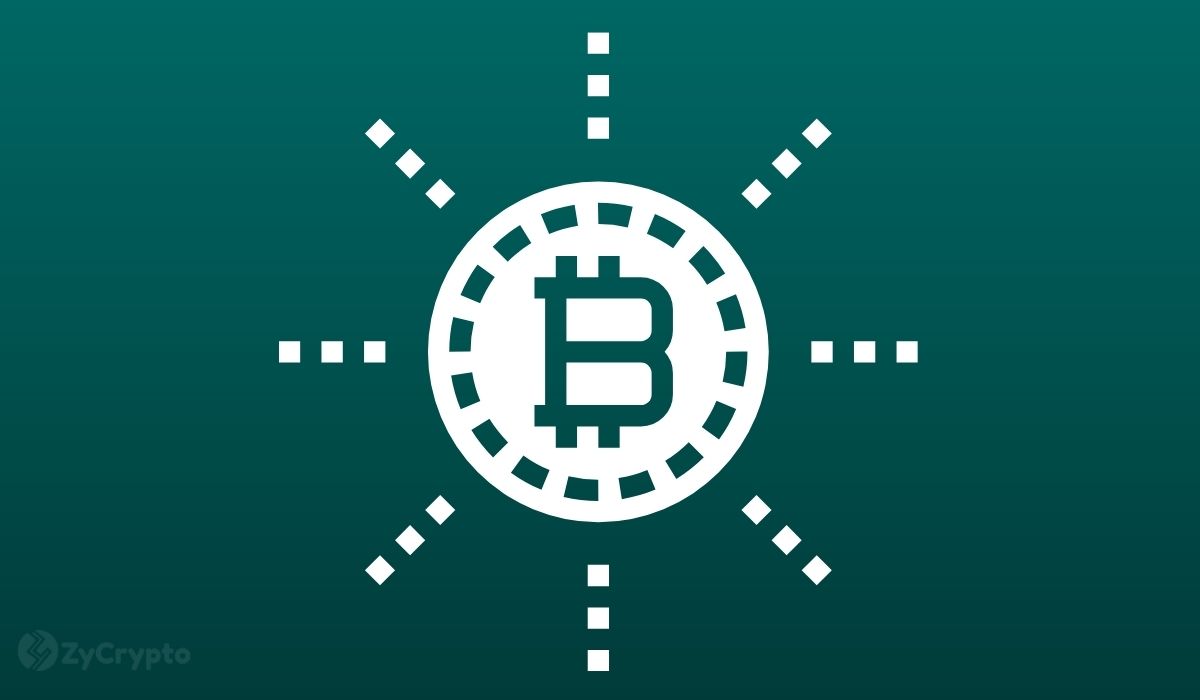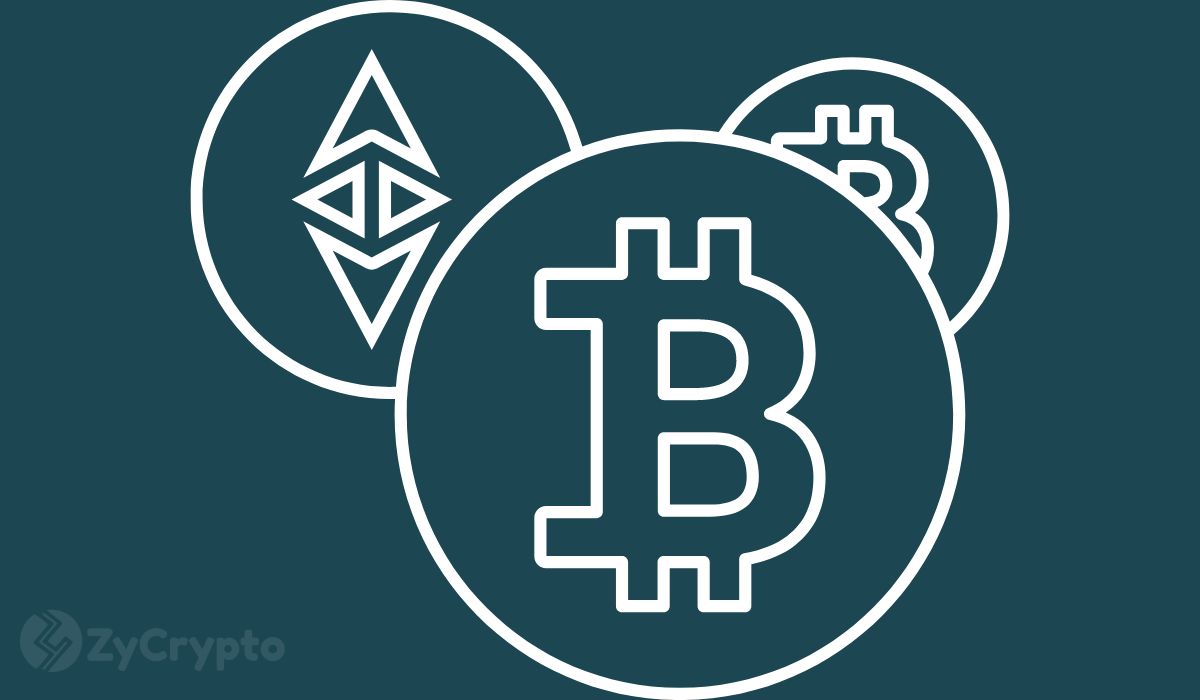
2022-4-10 16:11 |
The Crypto rally is likely standing on its last legs, according to JPMorgan, as stablecoins see a brisk decline in total share of the overall crypto market valuation.
“We had argued previously that the high [of] almost 10% share of stablecoins in total crypto market cap pointed to further upside for crypto markets at the time,” said JPMorgan in a note on Wednesday.
Characteristics such as decentralized, borderless, and censorship-resistant are great for a monetary asset, but huge price swings are not. It is difficult to build a reliable financial system on top of a currency that can lose 50% of its value in a matter of weeks. Bitcoin will likely keep growing and become more stable as time goes on, but in the meantime, an alternative resolution is needed. For that reason, stablecoins were born.
A stablecoin is a cryptocurrency pegged to a stable asset, which significantly reduces its volatility. The biggest stablecoins are pegged to the US dollar, although the mechanism they use to maintain it may differ. Coins like USDT and USDC are backed by dollars in a bank account. In the case of DAI, several other cryptocurrencies are used as collateral, and UST is backed algorithmically by LUNA. The first stablecoin was introduced back in 2014. Since then, the stablecoin market has grown rapidly and is currently valued at $186 billion.
Apart from being used for savings and international payments, stablecoins work great as a hedge against cryptocurrency volatility. They let you hold a stable asset such as the US dollar without actually leaving the crypto ecosystem. In this way, as retail traders and institutions are getting ready to buy, they often park their cash in stablecoins. This gives them fast and cheap access to any crypto they want.
JPMorgan mentioned, that by watching the market share of stablecoins related to the total crypto market, we can get a sense of what is about to come. They argue growth in the share of stablecoins means a lot of cash on the sidelines ready to enter the market. On the contrary, a shrinking supply means a potential upside is limited.
JPMorgan says this indicator shows the recent crypto price run may be fading. The market share of stablecoins began growing around November 2021 and peaked during February 2022. During this time, 1 out of every 10 dollars in the cryptocurrency market was sitting in stablecoins.
That cash started steadily flowing, as JPMorgan predicted, toward Bitcoin, Ethereum, and most crypto assets during the months of February and March, making prices rise around 30%. During the last couple of weeks, the market share of stablecoins dropped to 7%. While this is still high compared to the negative months of 2021, JPMorgan argues that it may be a sign that the recent bull run is running out of steam.
origin »Emerald Crypto (EMD) на Currencies.ru
|
|





























